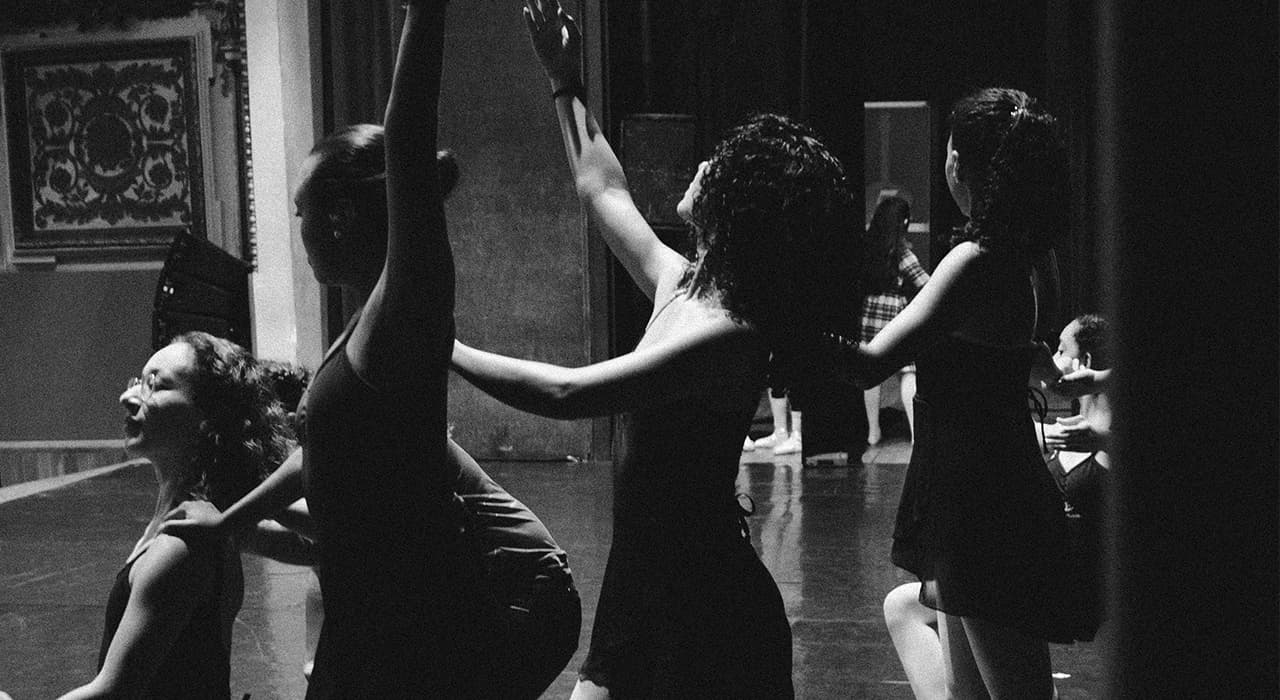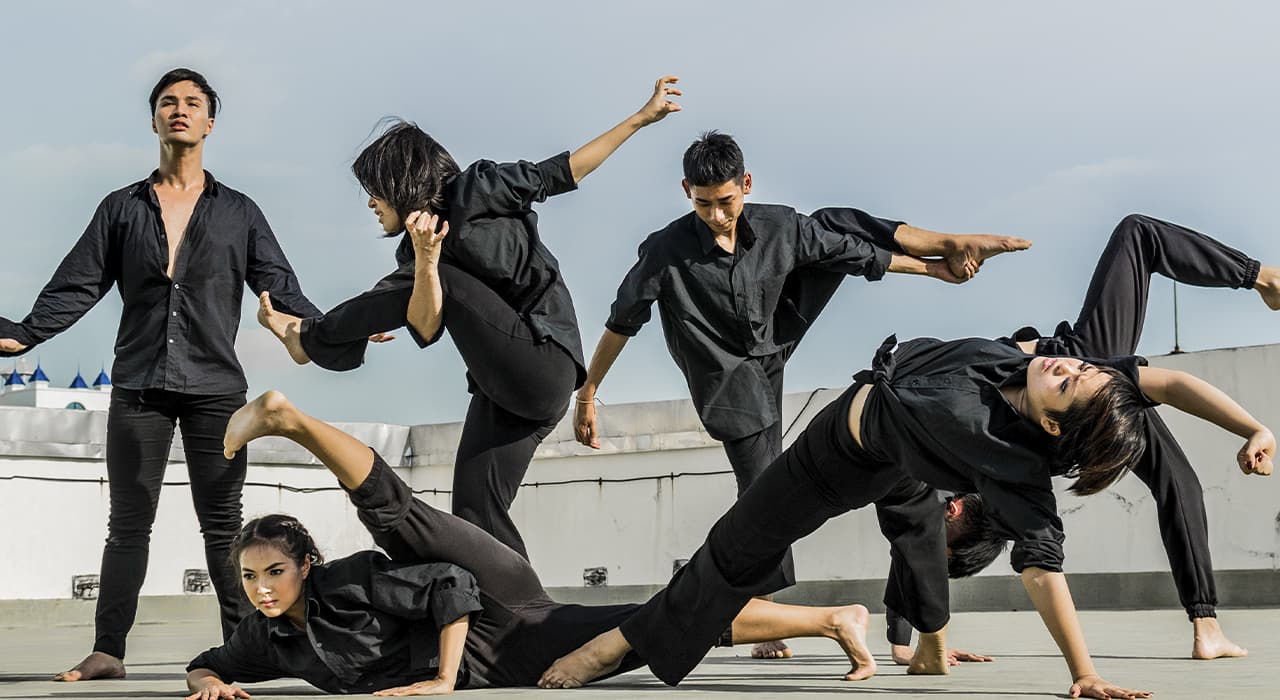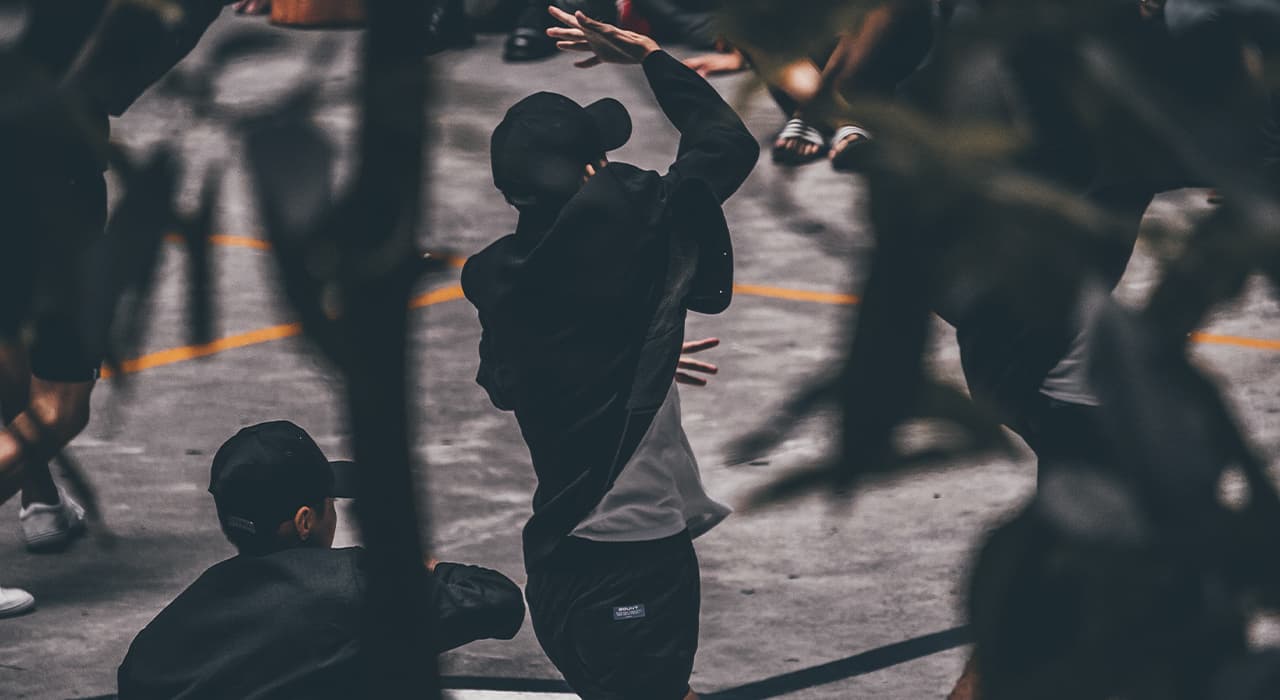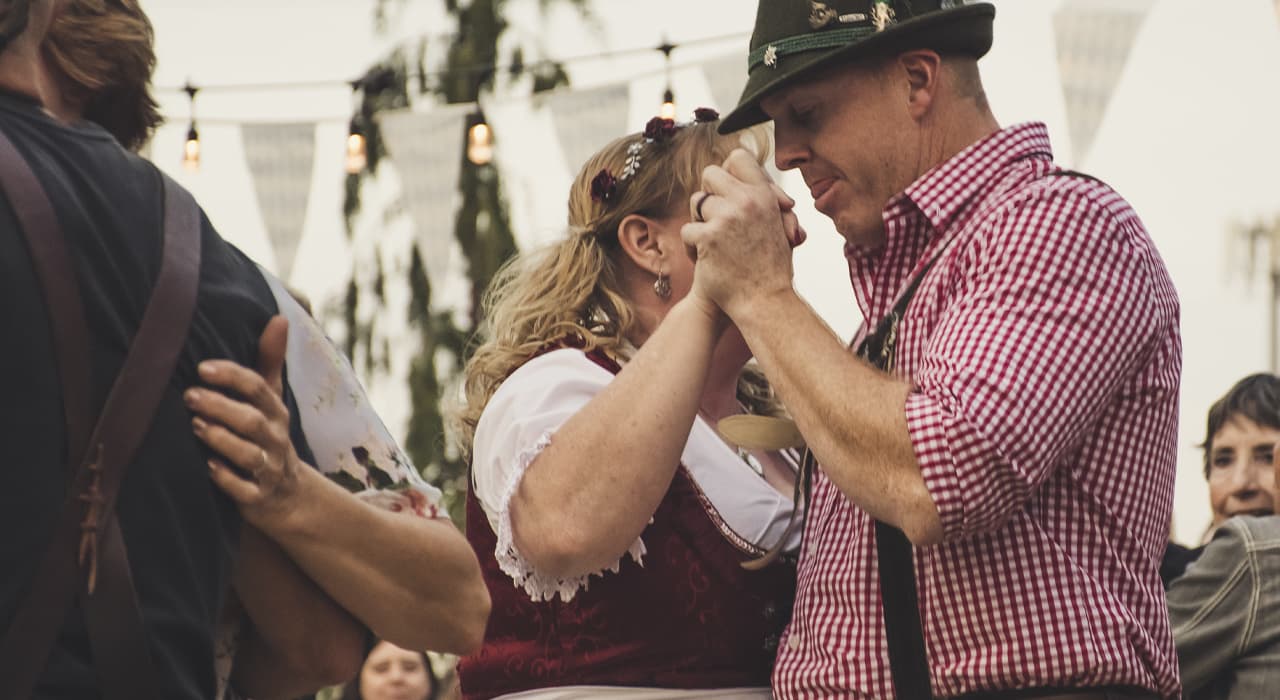Jazz dance originated in Africa, but was formed in the United States. The artistic feature of jazz dance is the perfect freedom of movement of the whole body of the dancer and individual body parts both horizontally and vertically of the stage space. Jazz dance is, above all, the embodiment of emotion of the dancer, it is a dance of feeling, not of form or idea, as it is in the modern dance.
Jazz as an artistic phenomenon is the result of centuries of evolution of percussion playing by the Negro tribes of Africa. Each Negro tribe has its own set of dances with specific rhythms for each particular occasion. The rhythms change even with the seasons and are clearly differentiated. It takes more than four hours to perform many of them completely.
For three hundred years, from the sixteenth to the nineteenth century, black slaves were taken from Africa to Latin America and the United States. Once in America, they recovered their holidays and customs fairly quickly. But, adapting, instead of drums, the black population of America used clapping hands and beating the rhythm with their feet. Whereas in Africa the customs, festivals, dance, and song rhythms were unique to each tribe, in America they blended into one.
At the same time another process was going on. Since the bulk of the U.S. population consisted of Irish, Scottish, and English settlers, the dances of these particular national cultures were an important part of art and daily life. These dances can be divided into two large groups. To the first belonged the so-called “country dances,” i.e. country dances of folkloric character performed by a group or a duo. Irish “Jig” and “Clog” dances were performed in special wooden shoes, with the help of which the rhythm was tapped.
These two cultural trends, European and Negro, influenced each other in the New World and eventually assimilated. Thus, we can conclude that the process of birth of jazz dance as a movement occurred on the basis of African culture, that is, rhythms and dances of folklore character, on which were superimposed various layers; ethnic, religious, aesthetic, geopolitical.
By the end of the 1960s, jazz dance had firmly taken its place among the trends of modern choreography. Its application was wide enough: domestic dance, theatrical dance, film dance, and finally purely choreographic performances created by the language of jazz dance. Being an “open” system, jazz dance in its quests refers to expressive means of other systems and trends of dance, absorbing the achievements discovered by modern dance, classical dance, folk choreography and other trends of dance art. As a result, the process of merging of the main schools of modern choreography began and a new artistic phenomenon appeared – modern jazz dance.



